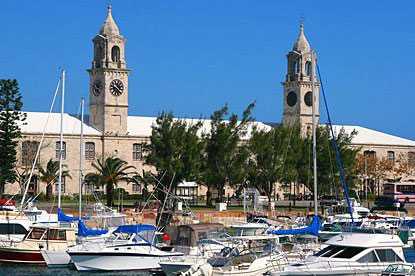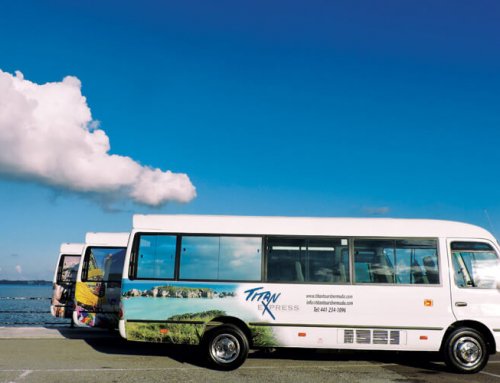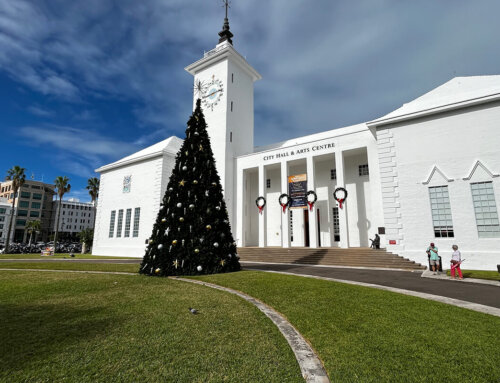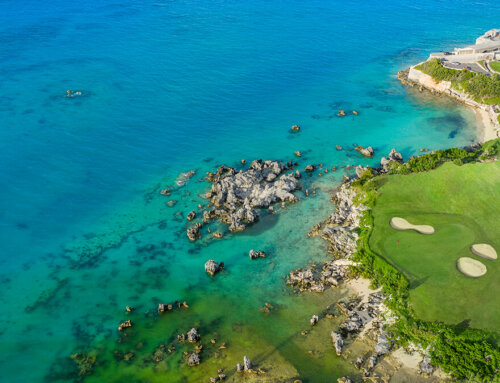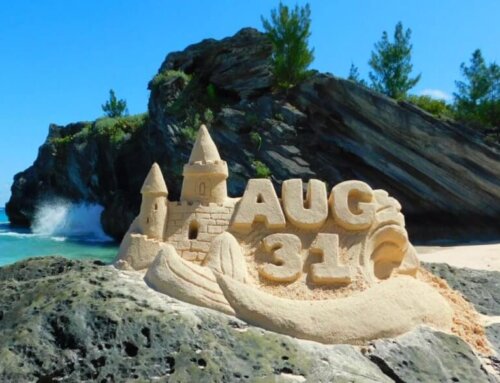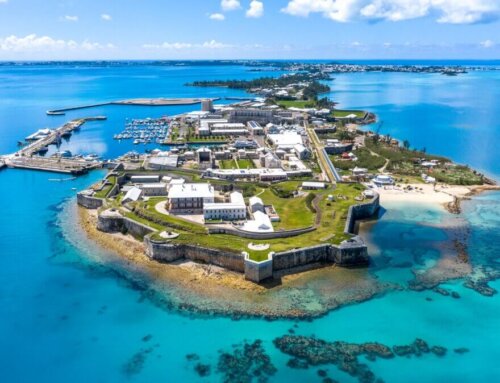Kings Wharf is where the most contracted cruise ships dock in Bermuda. This is the original pier or the berth in Royal Naval Dockyard, the largest cruise port in Bermuda. Many visitors who travel to the island via cruise ship, will most likely be docked in this historic port.
Dockyard has developed into a modern complex with shopping malls, many top tourist attractions including museums and historic buildings, beaches, art & craft center, restaurants & pubs, and a place from where a host of activities take place including tours, excursions, water sports, festive celebrations and lot more.
History
The British Royal Navy established the Royal Naval Dockyard after defeat in the American War of Independence left Britain without a secure operational base between Halifax, Nova Scotia and the West Indies. Bermuda was quickly identified as a strategic mid-Atlantic location where a secure anchorage for the Navy’s fleet and a dockyard, victualling yard and ordnance depot to maintain the ships could be developed.
The Royal Navy purchased 200 acres on Ireland Island in the west end. In 1809 work began on the North America and West Indies Station, as the base became known, and continued into the early 20th Century. It was a huge project that involved large land reclamations and the labour of thousands of convicts from Britain who were housed in appalling conditions aboard rotting hulks of former naval fighting ships.
The Dockyard became a major factor in Bermuda’s economy, employing on average more than 1,000 Bermudians at one time in the 19th Century, accounting for more than 15 percent of Bermuda’s income. As a centre of marine technology and inventiveness, the Dockyard afforded generations of Bermudians first-rate training in plumbing, carpentry, and other trades.
It was from Dockyard in the summer of 1814 that a British force of 5,000 troops and Royal Marines set sail for the famous attack on Washington, D. C. and Baltimore during the War of 1812. It was from one of the British ships that a prisoner, Baltimore lawyer Francis Scott Key, penned the words to Star-Spangled Banner, after seeing the American flag still flying above Fort McHenry after a heavy bombardment.
Dockyard remained an important strategic base for a further 139 years. During the First World War (1914-18) and Second World War (1939-1945), it was a bustling, vibrant port with floating docks where ships were repaired for combat deployment. Nearly 600 vessels were repaired and put back into action. In addition, sea patrols from here escorted people from and to the UK and Canada, and German soldiers passed through Dockyard on their way to POW camps in Canada.
Also, antisubmarine training was undertaken in the Dockyard area. In more recent years, NATO vessels have stopped at Dockyard for some well-deserved rest and relaxation. A wall to the south of the Clocktower is decorated with ships’ crests, recording vessels that have called at Dockyard’s wharf. Notable amongst the crests is one painted by HRH Prince Charles on a visit to Bermuda in 1977. The Royal Navy left the main Dockyard in 1951 although the naval base was not officially closed until 1995. For the next two decades the area was largely abandoned until the National Museum of Bermuda was officially opened in the fortress known as the Keep and its success led government to begin to restore the Dockyard as a cultural tourism destination.
In 1982, Bermuda passed the West End Development Corporation (WEDCO) act and more than $60 million was pumped into Dockyard, transforming the once-unused edifice into one of the islands’ biggest tourist attractions. Today Dockyard is the most visited site in Bermuda, underscoring the value of architectural heritage to the tourism industry, and the National Museum provides a fascinating journey through Bermuda’s often-turbulent history, from shipwrecks and whaling to the first flying boats and modern tourism.

